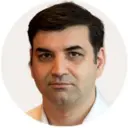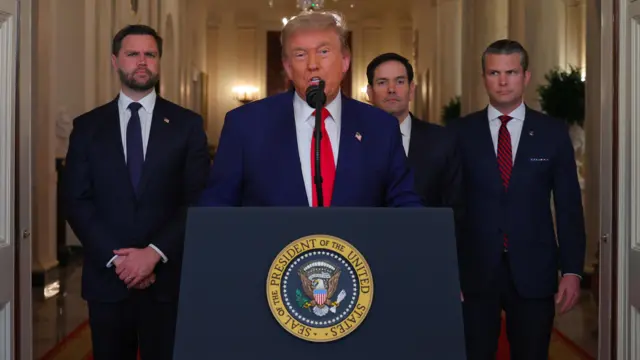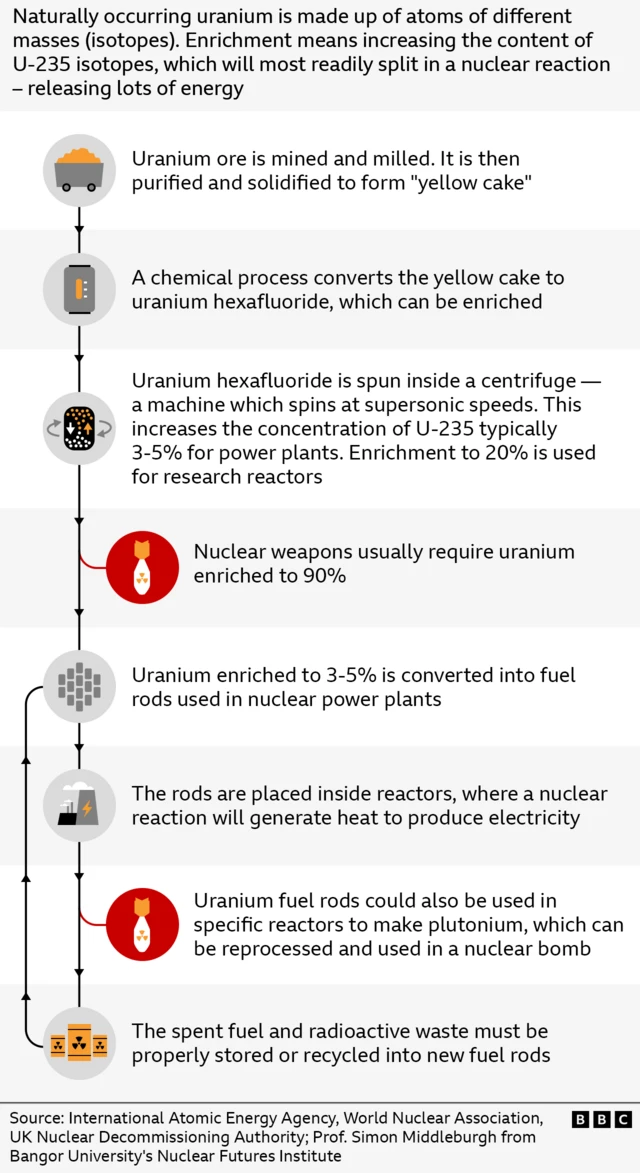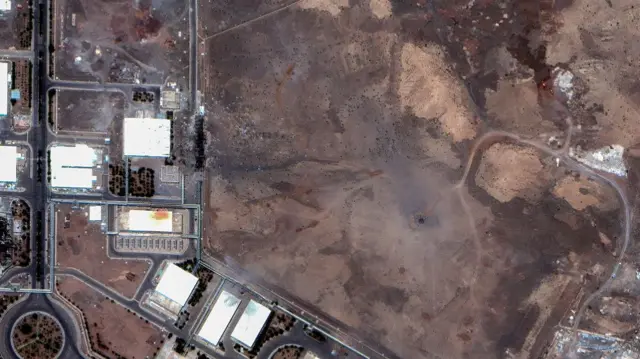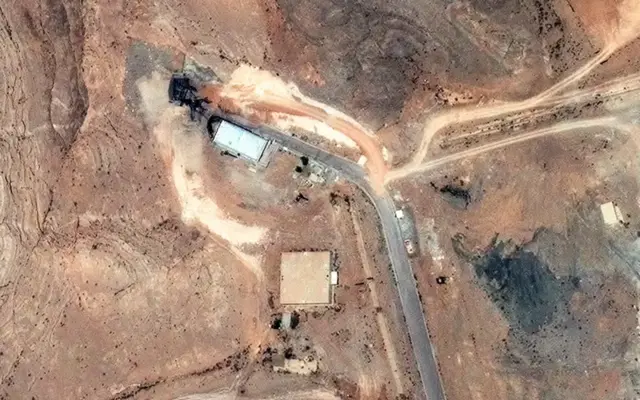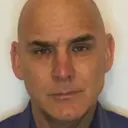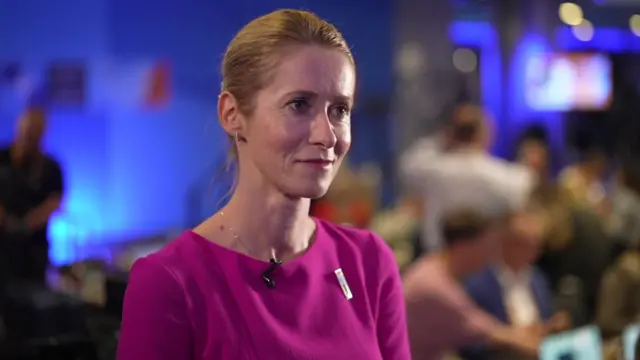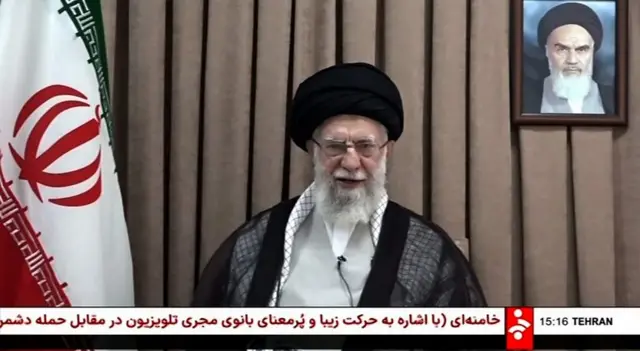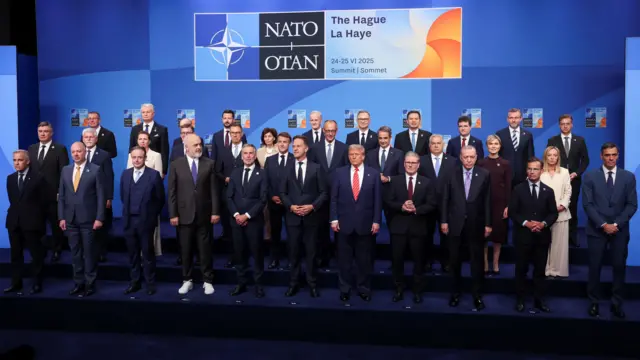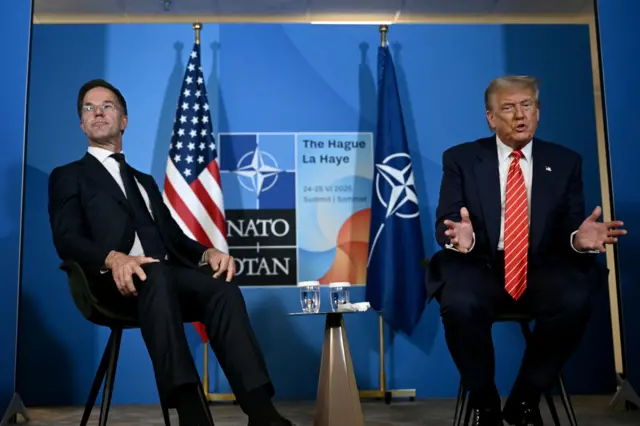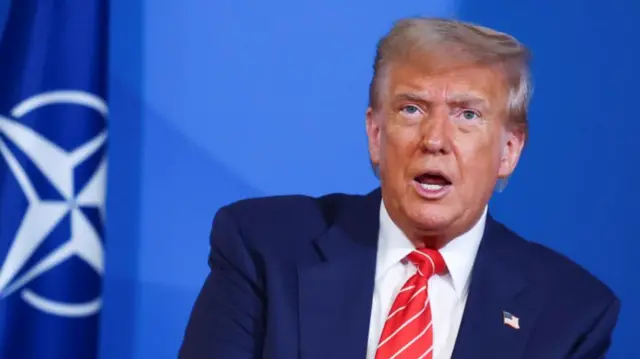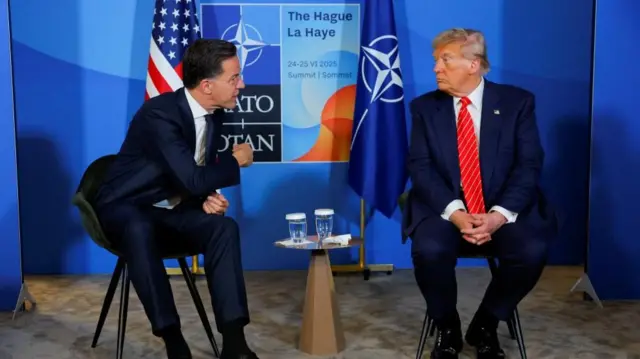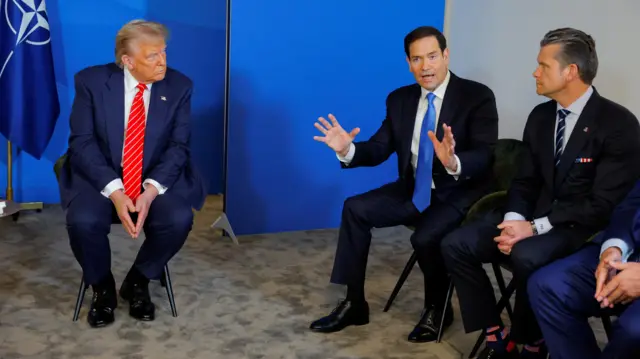Cancellation of flights in Iran extended, local media reportspublished at 13:47 BST 25 June
 Ghoncheh Habibiazad
Ghoncheh Habibiazad
BBC Persian, World Service reporter
The cancellation of all domestic and international flights in Iran has been extended until 2pm tomorrow local time (11:30 BST), Iran's semi-official Mehr news agency reports.
It's citing a spokesperson for Iran’s Ministry of Roads and Urban Development, Majid Akhavan.
The report adds that Akhavan says until further notice, no airline tickets will be sold by airlines or their authorised agents.

